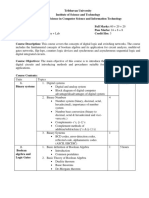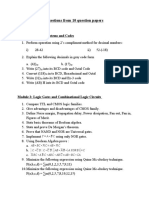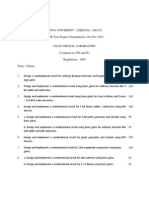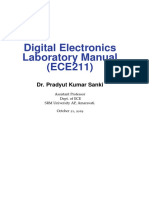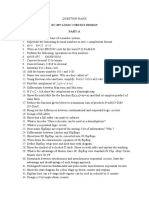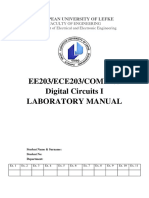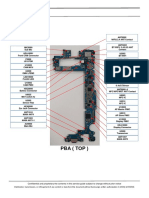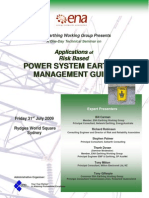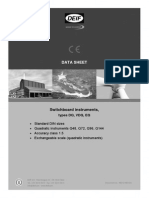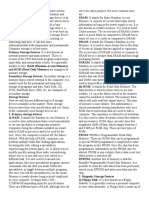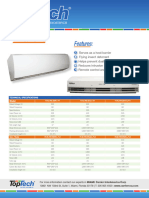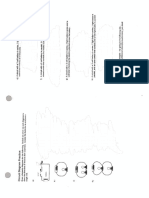0% found this document useful (0 votes)
41 views3 pagesDLD Lab Syllabus
The Digital Logic Design Laboratory course aims to equip students with knowledge of Boolean algebra, combinational and sequential circuit design, and logic families analysis. The course includes a series of experiments focused on the realization and implementation of various logic circuits, including adders, comparators, multiplexers, decoders, and flip-flops. Additionally, it covers advanced topics such as sequence detection and code conversion, with essential laboratory equipment specified for practical learning.
Uploaded by
exammaterial611Copyright
© © All Rights Reserved
We take content rights seriously. If you suspect this is your content, claim it here.
Available Formats
Download as PDF, TXT or read online on Scribd
0% found this document useful (0 votes)
41 views3 pagesDLD Lab Syllabus
The Digital Logic Design Laboratory course aims to equip students with knowledge of Boolean algebra, combinational and sequential circuit design, and logic families analysis. The course includes a series of experiments focused on the realization and implementation of various logic circuits, including adders, comparators, multiplexers, decoders, and flip-flops. Additionally, it covers advanced topics such as sequence detection and code conversion, with essential laboratory equipment specified for practical learning.
Uploaded by
exammaterial611Copyright
© © All Rights Reserved
We take content rights seriously. If you suspect this is your content, claim it here.
Available Formats
Download as PDF, TXT or read online on Scribd
/ 3












